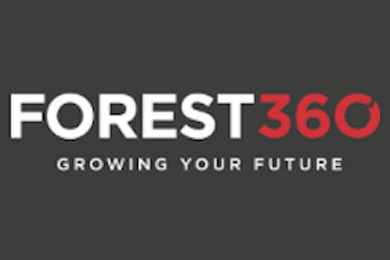Stability and consistency have never really been ideals that our industry has conformed to, and this year is no different. Although the May at wharf gate (AWG) export prices are very similar to those offered in April (mid to high $120’s/m3 for A grade), the underlying variables that make up those prices are vastly different. The variable that has had the biggest influence on the AWG price in the last 12 months has been shipping with freight costs ranging from $US40/m3 to $US85/m3. It would be easy to point the finger squarely at fuel cost and while it’s a massive factor, it’s not the whole picture. To put some figures around the cost of fuel and it’s affect on log prices, a log vessel will generally take 17 days to steam to China with a fuel burn of around 25 tonnes of Bunker oil per day, enough to give Greta Thunberg a hernia. This is a total trip usage of 425 tonnes of fuel and at current fuel costs of $US933 per tonne that’s around $NZ620,000 for the one-way trip. Average payload is around 33,000 tonnes of logs so quick calculations are a fuel cost of $NZ18.80/m3 for fuel alone.
As vessels are generally paid for on a time basis, any non-productive wait times outside of loading or unloading increases the m3 unit cost. As NZ ports grapple with covid absenteeism and a general lack of staff anyway, the ability to unload and load vessels has been impacted creating wait times around the country. In addition, the EPA has effectively ruled out the use of methyl bromide, the only fumigant accepted by China for the top deck cargo (around 1/3 of the vessels cargo) which has resulted in the industry moving to debarking of all deck stowed logs as a substitution. While debarking sounds like a better option, in reality you can’t build one overnight and therefore exporters are scrambling to secure top deck cargos where they can. As the Port of Tauranga has the most available debarked volume, vessels are waiting up to 2 weeks at Tauranga waiting for a load due to congestion – at $US35,000/day or $NZ1.65/m3/day.
Thankfully, the NZ dollar has been playing ball with a drop not seen since the first round of covid lockdowns which has helped offset some of the freight cost increases. This will be cold comfort to Grant Robertson as the direct impact of the depreciated dollar will keep the foot firmly on the inflation throttle.
The China covid elimination strategy hasn’t gone so well in recent weeks with some very hard lockdowns in some of the busiest cities in China. This has flowed through to weak demand as its pretty hard to convert logs to lumber from your 30m2 apartment in Beijing. We are expecting to see reasonably sharp increases in inventory if the lockdowns continue through May, which is likely as the Chinese govt don’t like to admit defeat, even if the general population is starting to lose its sense of humor with being locked down. Supply from NZ is down on previous months due to port constraints, subdued returns and a general level of unease by forest owners regarding global stability. Global supply is also lackluster is not expected to increase from current levels for the remainder of the year which bodes well for NZ and the potential for price increases through Q3.
Increased fuel costs also are starting to bite harvesting and cartage contractors, and many are passing on this cost in the form of fuel adjustment factors (FAF). Your average harvesting crew will chew through around 4 litres of diesel per tonne of log and, with around $0.82/litre increase in the last 12 months, you’re looking at harvest cost increases in the order of $3.28/tonne. Greta also hates trucks as they generally only get around 1.6km per litre on average which equates to 1.9 litres of fuel per tonne per 100km. Using the same increase in fuel cost and an average cartage distance of 150km from forest to mill or port, the actual increase in cartage cost is $2.33/tonne. Add these together and over the last 12 months you’re contributing and additional $5.60 per tonne or around $3,000/ha to the fuel producers’ bottom line. How long the increased fuel costs last is anyone’s guess but so long as the wee man in Russia keeps lobbing bombs at his neighbours we’re more than likely stuck with it. Any reductions that were provided through govt concessions in excise tax and road user charges have been countered by the exchange rate which has increases the cost of all imports.
Domestic log demand remains buoyant for both pruned and unpruned sawlogs. Many mills have mirrored other parts of the supply chain with large staff absenteeism due to covid which has impacted production. The building industry will likely blame log exports for timber supply issues again, however, thankfully, the Gib suppliers have taken the heat away from us which is much appreciated.
Source: Forest360
See previous Log Export posts here.
Follow IFI on Twitter | LinkedIn | Facebook | Instagram







